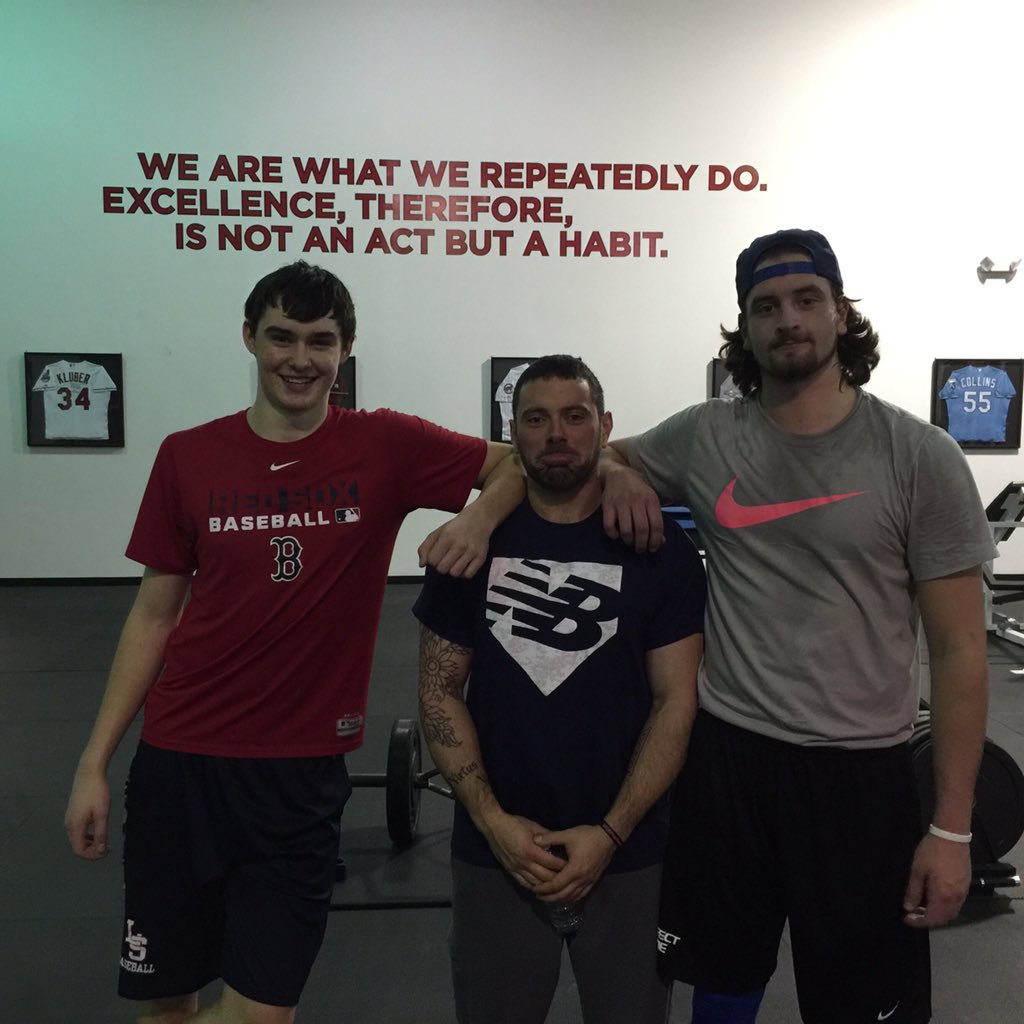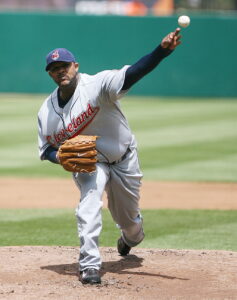
Random Thoughts on Sports Performance Training – Installment 20
It’s hard to believe that we’re 20 installments deep on this series, but I’m glad they’ve been so well received and definitely plan to continue to write them. Here goes!
1. Tall athletes are usually longer term projects.
When you have a 15-year-old 6-6, 150-pound kid with size 17 shoes, you have your work cut out for you.
These athletes are challenging for a number of reasons:
a. Their bone growth has usually outpaced their flexibility (except in kids – usually those who haven’t finished puberty – who have preserved their childhood joint laxity). This often means that they have to do a fair amount of “preliminary” work just to get into good positions to benefit from big bang exercises.
b. Their center of mass has rapidly shifted up away from their base of support, creating a constantly unstable state.
c. A longer spine is a lot harder to stabilize than a shorter one.
d. You can put 20 pounds on one of these athletes and barely notice. As a frame of reference, in the picture below, the 6-6 athlete on the left added 31 pounds between September and February (when this picture was taken) to get to approximately 200 pounds. Meanwhile, Greg Robins (the CSP coach in the middle) actually weighs more than him even though his about eight inches shorter.

e. Even if you put that 20 pounds on them, it might not be enough to have a “grounding” effect on the athlete. Unless an athlete is very gifted in terms of reactive ability (as you might see with lighter weight NBA players), you might need to add a lot more weight for them to learn how to properly load the lower extremity to create athletic movement using the stretch-shortening cycle.
f. At younger ages, they’re often put in positions that don’t require as much movement (first base, DH, or pitcher in baseball; center in basketball; goalie in soccer; etc.). This may rob them of crucial exposure to movement “education.”
The take home points?
[bctt tweet=”In tall athletes, push patience, consistency, calories, and perfect technique on fundamentals.”]
2. It’s not your job to have all the answers.
Earlier this week, I sent along a nutrition question to Cressey Sports Performance’s first employee, Brian St. Pierre. Brian is now Director of Performance Nutrition for Precision Nutrition and a tremendous resource we have at our fingertips on everything relating to nutrition and supplementation. Within 24 hours, Brian had sent along a 244-word reply that covered his anecdotal experiences on the topic in question, along with some recommended reading in case I was interested in what the peer-reviewed evidence demonstrated.
I’d love to have all the answers, but I simply don’t. As such, I refer out all the time – whether it’s a question like this on the nutrition front, or sending a client to a physical therapist. Your job is to deliver the best possible outcomes for your athletes/clients, and referring out regularly usually leads to those ends – and creates learning opportunities for you via the collaborative efforts that occur during the referral.
It’s not your job to have all the answers; it’s your job to know where you can find them.
3. It’s important to understand how much relative strength an athlete needs – and that is sport and position specific.
I’ll use my experience with baseball to make this point.
Pitching is a combination of absolute and relative strength and power. From an absolute standpoint, more body weight equates to more force to push off the mound, and more momentum moving downhill; that’s why gaining weight can have such a profound impact on pitching velocity.
On the other hand, from a relative strength and power standpoint, you eventually have to “accept” all the force you create. We know that there are substantial ground reaction forces taken on by the front leg, and research has demonstrated that they are (not surprisingly) directly impacted by body weight. Additionally, according to 1998 research on professional pitchers from Werner et al., at ball release, the distraction forces on the shoulder are approximately 108% of body weight. You could also make the argument that these forces are even higher now, as average fastball velocity has crept up significantly since 1998, and the subjects in that study averaged only 89mph. As is the case with body weight increases, as arm speed rises, so do shoulder distraction forces.

In hitting, “accepting” force on the front side isn’t as stressful because we don’t hit downhill on a mound. However, batters have to run the bases, and that’s a significant relative strength challenge.
With all this in mind, you it’s important to realize that some athletes need to gain weight, some athletes need to lose weight, and some athletes are good right where they are. Obviously, body composition plays into this as well, but speaking in general terms, understanding strength-to-bodyweight ratios in sport-specific contexts is really important for all strength and conditioning coaches.
4. Use upper body drivers in your lower body mobility work.
This video from Mike Robertson got me thinking a lot:
We’ve done quite a bit of upper body reaching in our warm-ups with drills like the lateral lunge with overhead reach, but typical, this motion has really only occurred in the sagittal plane:
Conversely, if you look at the bowler squat, the upper body reach drives hip internal rotation, adduction, and flexion on the support leg.
Moving forward, I plan to get a lot more creative with using reaching to challenge folks in the transverse and frontal planes during our warm-ups.


